After Samsung released One UI Pie 9.0 version, most of the users who blame Samsung’s Custom skin OS, Praising Samsung. It may not be best like OnePlus Oxygen OS. But, it is better Samsung OS. There are plenty of features that are added to enhance the UI and Performance. Some rooted users also return to Stock ROM after this update. Samsung widely rolled out the update. In this list, Samsung Galaxy Note 8 also received this update. When coming to root, If it is your first experience, You don’t need rooting. If you think you can squeeze the little performance by rooting, Samsung already did with the new Pie 9.0 upgrade. Also, Rooted mobiles need regular manual Optimizations.
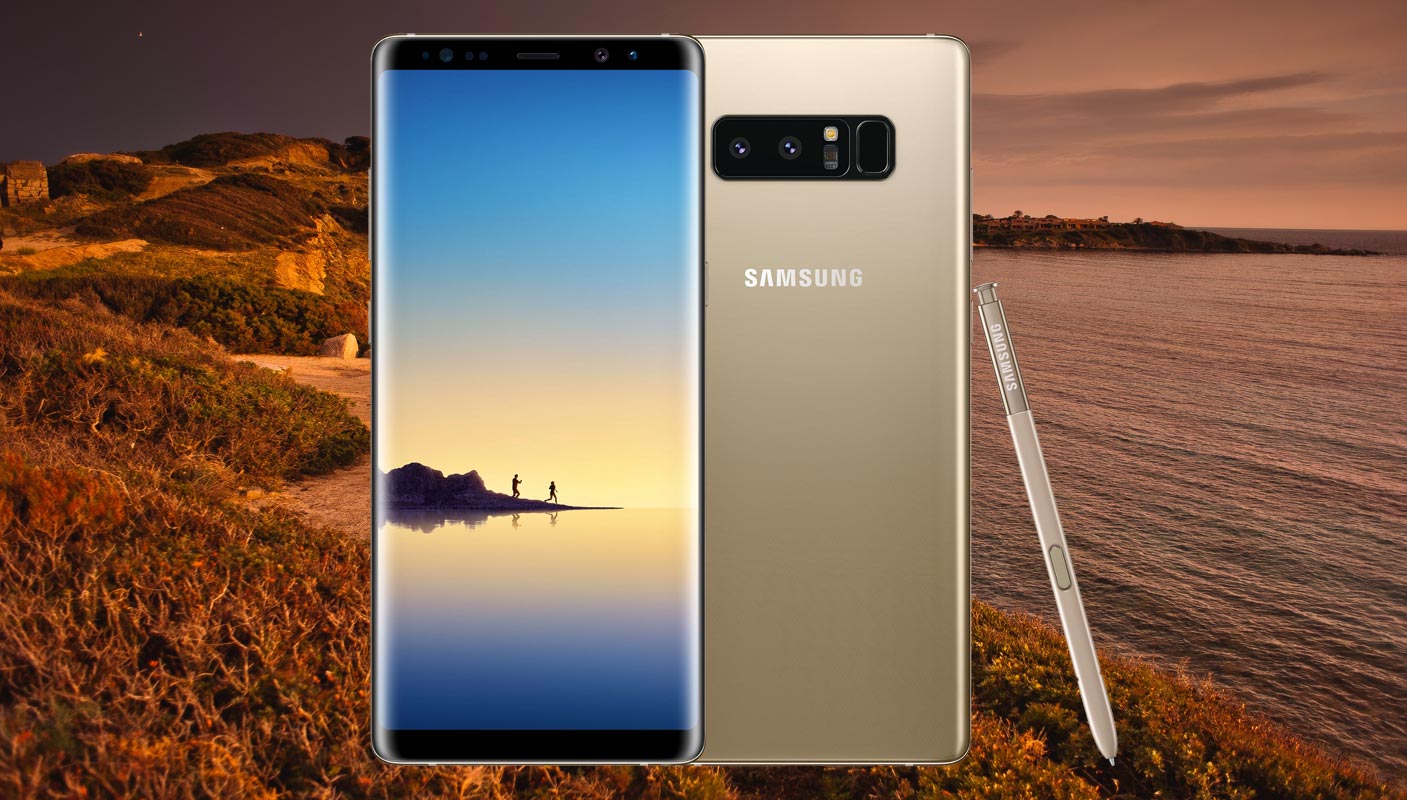
Some Security required apps like Banking apps and Samsung Pay may not work after rooting. It will be a headache for regular users. So, If you know the exact reason, you can go for it. If Custom ROMs in your mind, you should flash the Official ROMs. Unofficial versions may have a lot of bugs. Other than this, If you are a developer, Or Regular Root apps user, you can follow below guide to achieve root on your Mobile.
Why should you Root Samsung Galaxy Note 8?
You should have a strong reason for rooting. Samsung Already released One UI 9.0 Pie and is already optimized. You have More than Enough 6 GB RAM to use daily apps without Lag for years. Yes, 6 GB RAM is enough in this modern Android world. Trust me One UI is far better than other Custom Skin OS. You can use this device without lag for years until Samsung mess with some Bloatware. But beyond, this not go reasons, you are addicted to some root apps, or you are a frequent user of some Custom OS, you can proceed further. But if you want to root because everybody is doing, I advise you, don’t root If you didn’t have any experience. For regular users, It can become a Nightmare.
How to Root Samsung Galaxy Note 8 SM-N950F Pie 9.0 (Exynos)
Samsung Galaxy Note 8 International variants come with a flexible bootloader. This means that the smartphone can be easily rooted. Also, the device can accept to install TWRP recovery or any other custom recovery file/app alike. Don’t try with Snapdragon US Variants like Verizon devices. They come with locked Bootloader.
TWRP recovery is a custom recovery file which must be installed on Samsung Galaxy devices because you can root them successfully. In this article, we explained the easiest method to follow and install TWRP recovery on Samsung Galaxy Note 8. However, the tool required for rooting this device is the Magisk App.
With the help of TWRP Recovery, you can quickly flash the latest version of Magisk into your Note 8 to gain root access. Before sharing the tutorial, you may want to know that, with the TWRP recovery present on your device, you can easily install any custom ROM or firmware. Does it seem complicated? Relax, everything will be explained succinctly in bullets.
Things to check out for;
-
Check your device model number.
- Exynos processor devices only. Don’t try with Snapdragon variants.
- Select latest TWRP Based on the mobile model number.
-
Make sure your device battery is charged above 50%
-
Backup your current files and data, just in case (save them on external storage).
Pre-Requirement Steps
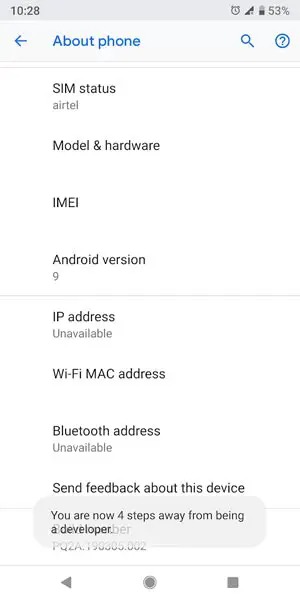
-
Enable USB Debugging Mode and OEM Unlock on your mobile. To do this; go to settings >>> about >>> Tap on the “Build Number” 7-10 times consistently to enable “Developer Options,” then go to the “Developer Options” and enable USB Debugging Mode and OEM Unlock. There is no complicated process in the Samsung Galaxy Note 8.
-
Download and install the Samsung USB driver to your computer system.
-
Also, download the ODIN software. Select above Oreo version in the ODIN list. Install ODIN on your PC.
- Download Magisk.Zip (Download Latest version), no-verity-opt-encrypt (Latest version), twrp-3.3.1-0-greatlte.img and RMM State Bypass, Copy it to Your External SD Card Storage Memory. We Need to flash RMM State to avoid OEM Lock automatically in future after the Root process.
-
Download and save the below TWRP.tar File to your PC. This TWRPs can support Up to Pie 9.0.
Flash TWRP using ODIN
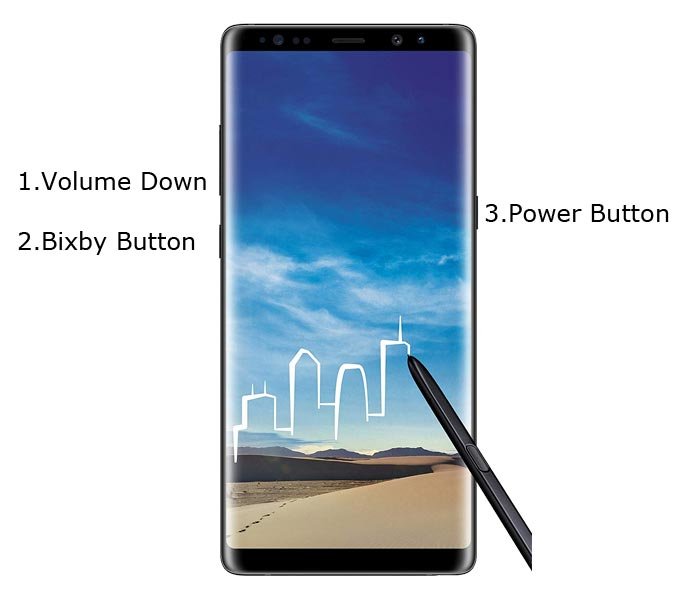
- Switch off your device. Connect your USB cable with PC. Then, enter into Download mode. To do this; press and hold down the Volume Down + Bixby + Power Buttons buttons and connect your Type-C USB Cable.
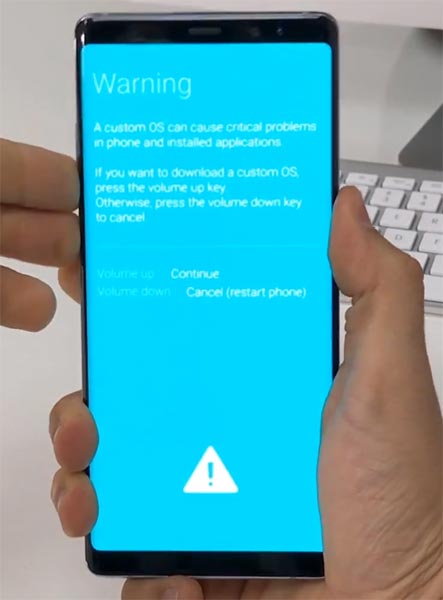
-
Press the Volume Up button to continue when you see the warning message.
-
Now, connect the Samsung Galaxy Note 8 mobile to the computer via USB cable.
-
Launch the Odin app on your computer. If the device is detected by this app (Odin), it will show you a message that reads – added!!!
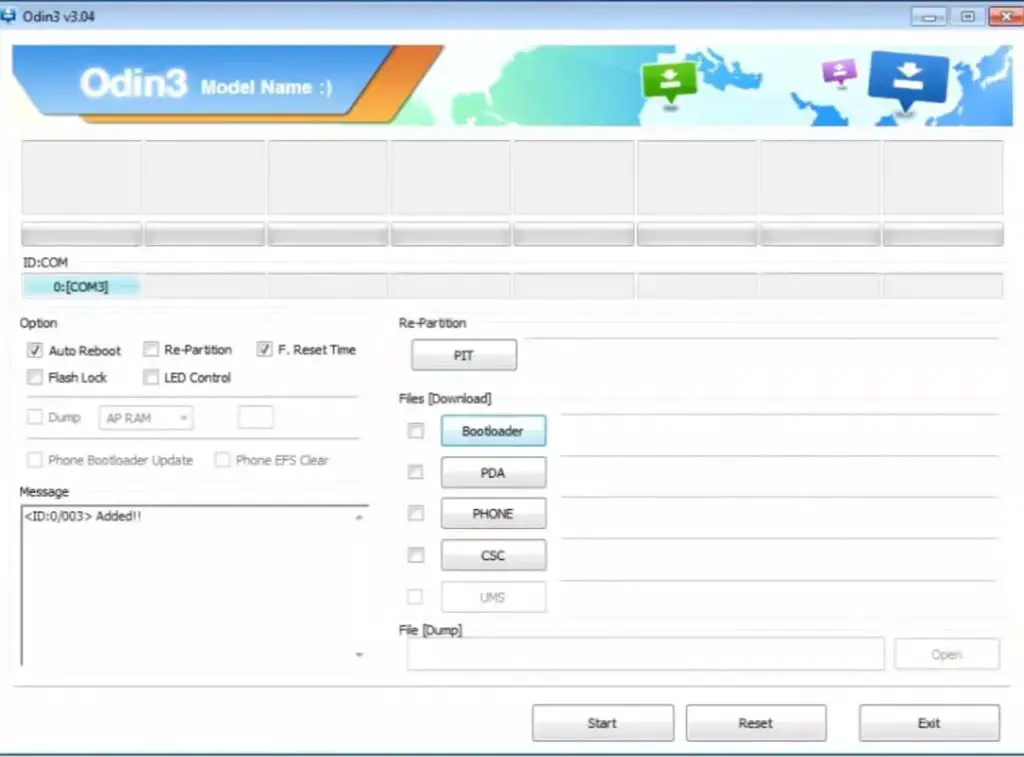
- However, if the device is not correctly connected to the PC, you won’t see this message. So, you have to check the USB cable if it is reasonable and reconnect the device.
-
After connecting the Samsung device, click on the PDA/PA button to browse/search and get the TWRP from where you saved it on your PC. Also, navigate to “options” and un-tick the Auto-Reboot.
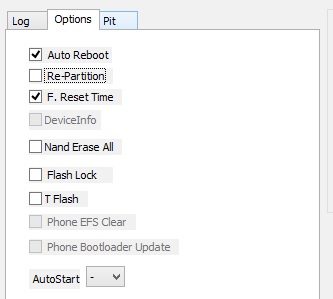
-
Click on “Start”
-
Once the file is loaded into the device, reboot your device.
-
Kudos, you have just Installed the TWRP on your Samsung Galaxy Note 8. If you installed TWRP, Don’t turn on your mobile. Immediately, move to Magisk Installation steps. To do this Press Volume Down+ Bixby+ Power Button to release from Download Mode. After blank screen appears, Immediately Press Volume Up+ Bixby+ Power Button to boot into recovery mode.
Install TWRP Image file, Magisk, no-verity-opt-encrypt, and RMM State Bypass in your Samsung Galaxy Note 8 using TWRP
- Now you are Boot into TWRP Recovery Mode.
- Select Wipe->Advance Wipe->Select Cache Data.
- Return to Home of TWRP select Install. Select the TWRP Image file (.img).
- Select Wipe->Advance Wipe->Select Cache Data. This wipe should be done in every Installation. Don’t use Add More Zips Option. You should Install files one by one. Also, the order should not be changed.
- Return to Home of TWRP select Install. Select Magisk.Zip.
- In the Same way, Install no-verity-opt-encrypt and RMM State Bypass files.
- After the Installation Reboot Your Mobile.
- You can also install Magisk.apk in your Mobile Applications. RMM State is used to avoid OEM Lock after rooting. You can also use Root checker to check the status of your root.
What More?
You should not Boot into Normal OS Booting, after TWRP. After TWRP Flash, Immediately Boot into Recovery or Else you will get Warning message FRP Lock. If you accidentally urged and boot frequently, Don’t panic, flash official Note 8 stock firmware to get back into stock OS.
In my opinion, you don’t need rooting for your Samsung Galaxy Note 8. If you thought, you could Improve Performance By root; With the Exynos 8895 processor and 6 GB RAM, your device can perform well. If you don’t know how much RAM you need, You will never use this much RAM. If you root your device, because of the battery drain issues, you can optimize your battery without root.

Selva Ganesh is the Chief Editor of this Blog. He is a Computer Science Engineer, An experienced Android Developer, Professional Blogger with 8+ years in the field. He completed courses about Google News Initiative. He runs Android Infotech which offers Problem Solving Articles around the globe.



Leave a Reply